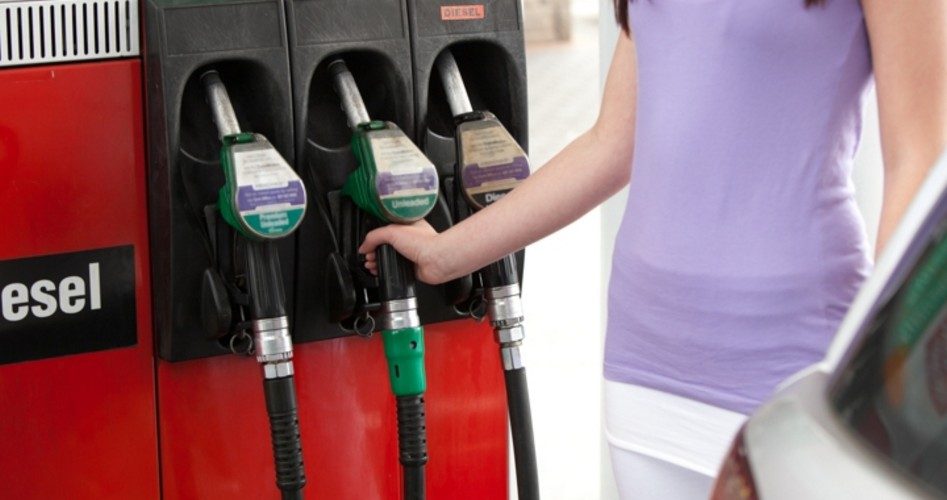
Motorists have seen gas prices rise to nearly $3 a gallon on average, reflecting rising crude-oil prices. This is costing the average American household an additional $440 a year. But Tuesday’s sharp drop of two dollars per barrel for crude (as measured in the futures market) will, within weeks, push gas prices back down, perhaps to as low as $2.50 a gallon by the end of July.
Excessive angst over cuts in production in Libya, where the ongoing conflict there has taken 850,000 barrels per day (bpd) of crude off the world markets; in Venezuela, where the economic implosion there has removed nearly a million bpd over the last year; in Iran, where U.S.-imposed sanctions are expected to take more than a million bpd off the world market starting in November; and in Canada, where a power outage at its Syncrude facility in Alberta has taken 360,000 bpd off the world market pushed the price of crude above $75 a barrel.
But the announcement that OPEC is not only increasing its production of crude owing to the scuttling of its production-cut agreement, along with Russia’s intention of adding another 100,000 bpd to the equation, pushed crude-oil prices down sharply. OPEC, in anticipation that the agreement would end in Vienna in late June, raised its production by 320,000 bpd in May with the goal of adding between 600,000 and 700,000 bpd by the end of the year. And the Canadian oil refinery is expected to be back in full production by the end of this month
The forecast from the Short-Term Energy Outlook (STEO) reflects that increase in world supplies of crude, estimating that gas prices at the pump will drop to $2.84 a gallon, on average, by September.
Unsaid in all of this discussion is the increasing role of American oil producers, who are quietly setting new crude-oil production records on almost a weekly basis. The week of June 22, for example, U.S. crude-oil production hit 10.9 million bpd, up a breathtaking 16 percent from just a year ago, with little standing in the way of it increasing production into the future.
So astonishing is the growth in U.S. crude-oil production that when Pioneer Natural Resources Chairman Scott Sheffield was interviewed by CNNMoney on June 20, he noted that the United States is currently pumping 10.3 million bpd, according to already outdated information from the U.S. Energy Information Administration (IEA). In that interview Sheffield told CNNMoney that he expects U.S. crude-oil production to surpass 11 million bpd “within the next three or four months.” It looks like that might happen in July!
He also predicted that “We’ll be at 13 [million bpd] very quickly” and could jump to 15 million bpd “within seven or eight years.”
U.S. oil production has already overtaken that coming from Saudi Arabia and Russia, and puts America firmly in the driver’s seat as the world’s largest producer of crude oil for years to come.
An Ivy League graduate and former investment advisor, Bob is a regular contributor to The New American magazine and blogs frequently at LightFromTheRight.com, primarily on economics and politics. He can be reached at [email protected].
Related article:
Crude Oil Price Rise in Wake of OPEC Agreement Likely to be Short-lived



